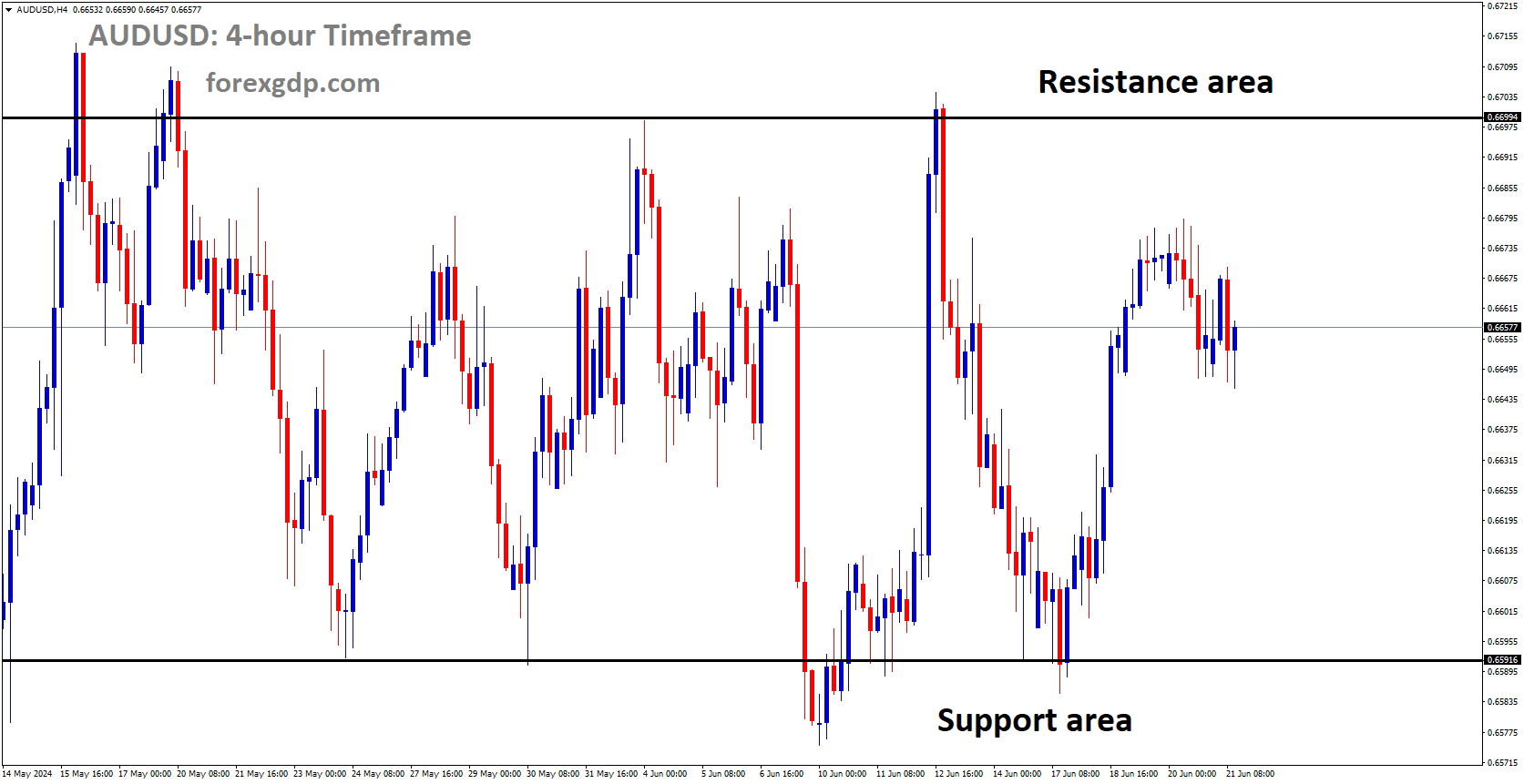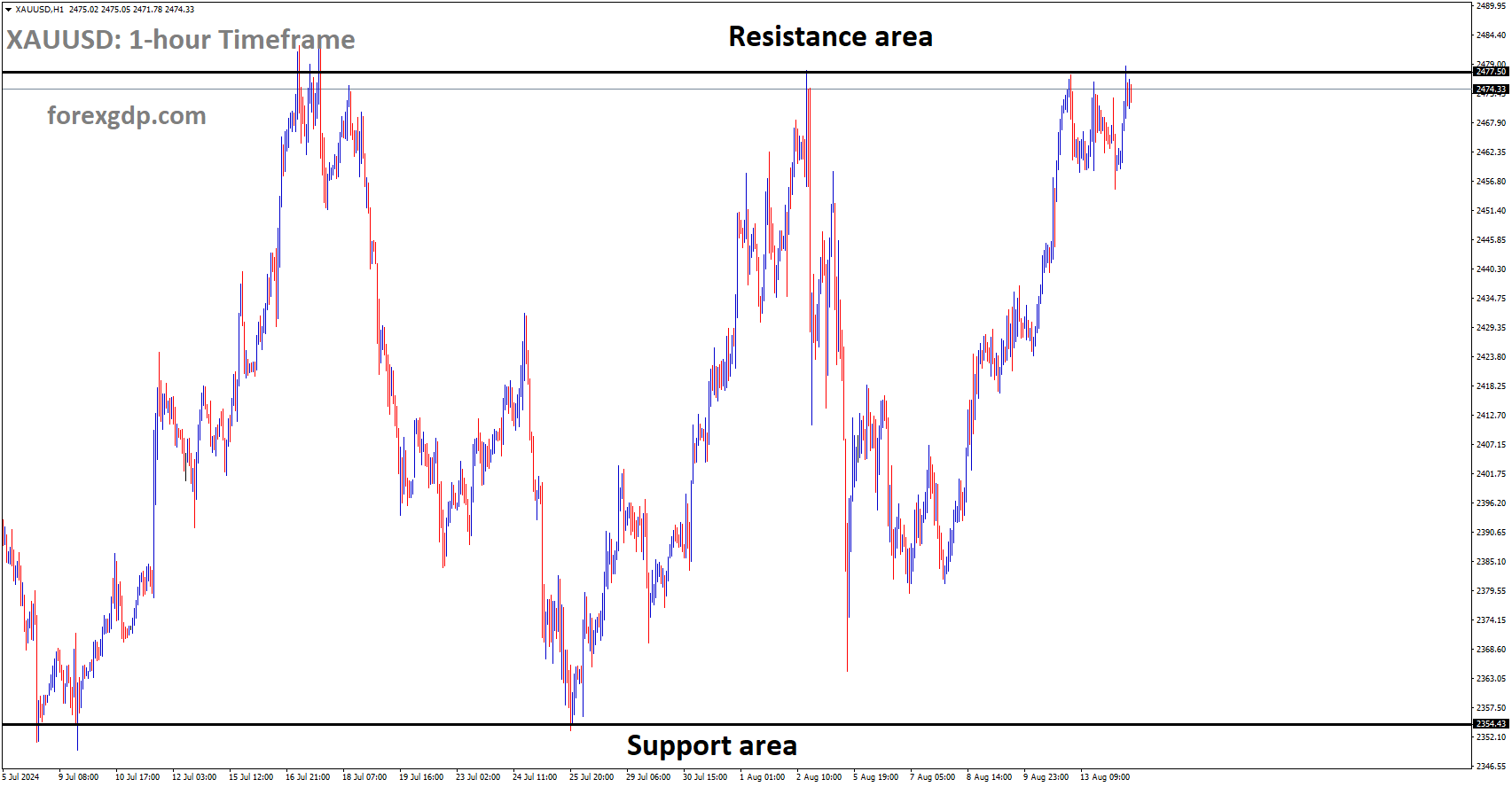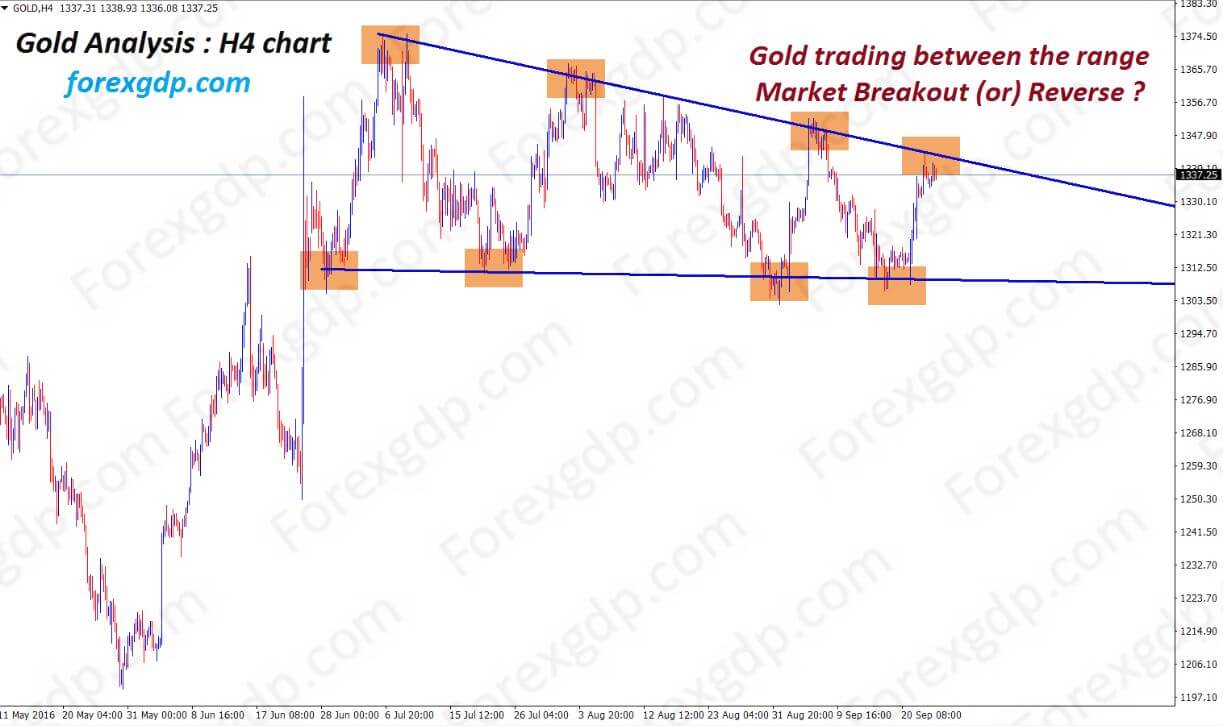AUDUSD is moving in box pattern and market has rebounded from the support area of the pattern
AUD/USD Dips as US Dollar Gains Strength: A Comprehensive Analysis
The AUD/USD pair has recently taken a hit, dropping to around 0.6650. This decline is largely due to the rising strength of the US Dollar, spurred by expectations that the Federal Reserve (Fed) will maintain its current restrictive interest rate framework for a longer period compared to other central banks. In this article, we will delve into the factors influencing this shift, the broader economic context, and what it might mean for investors.

US Dollar’s Rise and Fed’s Interest Rate Policy
The primary driver behind the recent dip in the AUD/USD pair is the US Dollar’s continued ascent. Investors are banking on the Fed to hold its restrictive interest rate framework longer than its counterparts. This expectation has pushed the US Dollar higher as investors seek safe-haven assets amidst global economic uncertainty.
Federal Reserve’s Stance
The Federal Reserve’s approach to interest rates is crucial in this scenario. The CME FedWatch tool indicates that while the Fed is expected to begin reducing interest rates in September, it is anticipated to maintain higher rates longer than other major central banks. This stance has made the US Dollar more attractive to investors, leading to its rise against other currencies, including the Australian Dollar.
Global PMI Data and Market Sentiment
Another critical factor contributing to the AUD/USD decline is the cautious market sentiment driven by global economic indicators, particularly the preliminary PMI (Purchasing Managers’ Index) data.
Underperforming PMI Figures
Preliminary PMI figures for June have been disappointing across major economies, including the Eurozone, the United Kingdom, Japan, and Australia. These figures have failed to meet estimates, suggesting a slowdown in economic activity. In the United States, economists expect the Composite PMI to decline, reflecting weaker performance in both the manufacturing and service sectors. This anticipated decline adds to the cautious market sentiment, prompting investors to lean towards the US Dollar as a safer bet.
Market Reactions and Investor Behavior
The broader market reactions also play a significant role in the dynamics of the AUD/USD pair.

AUDUSD is moving in Descending channel and market has reached lower high area of the channel
Performance of Stock Markets
In the European session, the S&P 500 futures have shown some losses, indicating a cautious mood among investors. This trend is mirrored in the Asian and European markets, which have seen significant sell-offs. Such movements highlight a shift towards risk aversion, further bolstering the US Dollar’s strength.
US Dollar Index
The US Dollar Index (DXY), which tracks the value of the Greenback against a basket of six major currencies, has been approaching a crucial resistance level. This movement underscores the growing demand for the US Dollar as investors seek stability amidst global economic uncertainties.
Comparative Analysis of Central Bank Policies
Central bank policies across different economies also influence the currency market dynamics.
G-7 Central Banks and Policy Easing
While the Fed is expected to begin reducing interest rates from September, other central banks from G-7 nations have already started easing their policies. For instance, the European Central Bank (ECB) and the Bank of Canada (BoC) have initiated rate cuts. The Swiss National Bank (SNB) has also delivered subsequent rate cuts recently. These actions contrast with the Fed’s more hawkish stance, further driving the US Dollar’s strength relative to other currencies.

Reserve Bank of Australia (RBA)
On the other hand, the Reserve Bank of Australia (RBA) is not expected to cut rates anytime soon. The RBA is likely to keep its Official Cash Rate (OCR) steady at 4.35% for the remainder of the year. This decision is driven by higher-than-desired inflation rates in Australia, which remain significantly above the target rate of 2%. Despite this, the Australian Dollar remains under pressure in the forex market, largely due to the prevailing strength of the US Dollar.
Final Summary
The recent drop in the AUD/USD pair to near 0.6650 is a result of multiple factors, primarily the rising strength of the US Dollar driven by expectations of a prolonged restrictive interest rate policy by the Fed. Disappointing global PMI data has further fueled cautious market sentiment, pushing investors towards safe-haven assets like the US Dollar. Additionally, contrasting central bank policies among G-7 nations and the Reserve Bank of Australia’s decision to hold rates steady contribute to the current market dynamics. For investors, understanding these factors is crucial in navigating the forex market during these volatile times.
Navigating the forex market requires staying informed about these developments and understanding the broader economic context. As the global economy continues to evolve, keeping an eye on central bank policies, economic indicators, and market sentiment will be key to making informed investment decisions.
Don’t trade all the time, trade forex only at the confirmed trade setups
Get more confirmed trade signals at premium or supreme – Click here to get more signals , 2200%, 800% growth in Real Live USD trading account of our users – click here to see , or If you want to get FREE Trial signals, You can Join FREE Signals Now!





